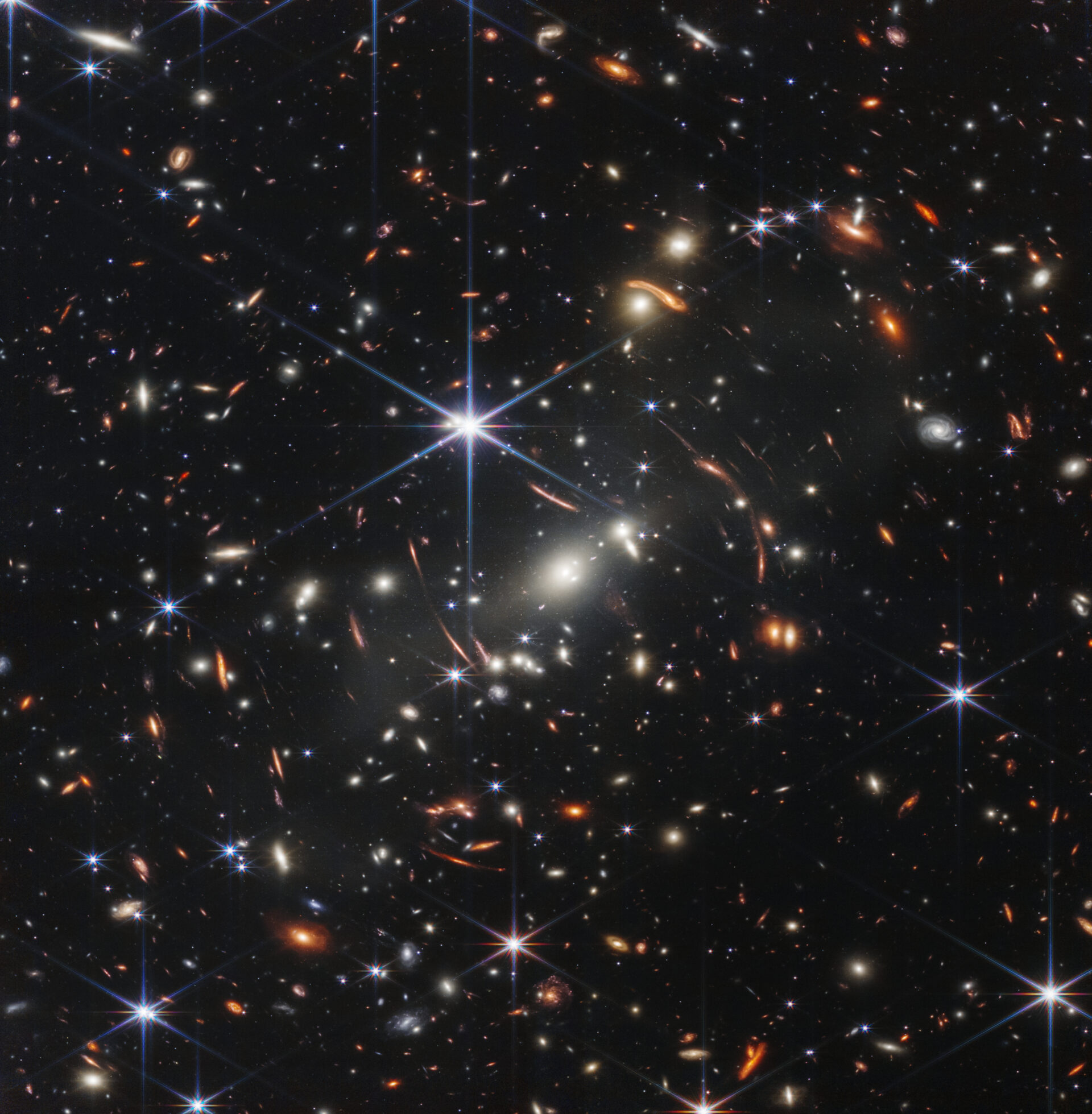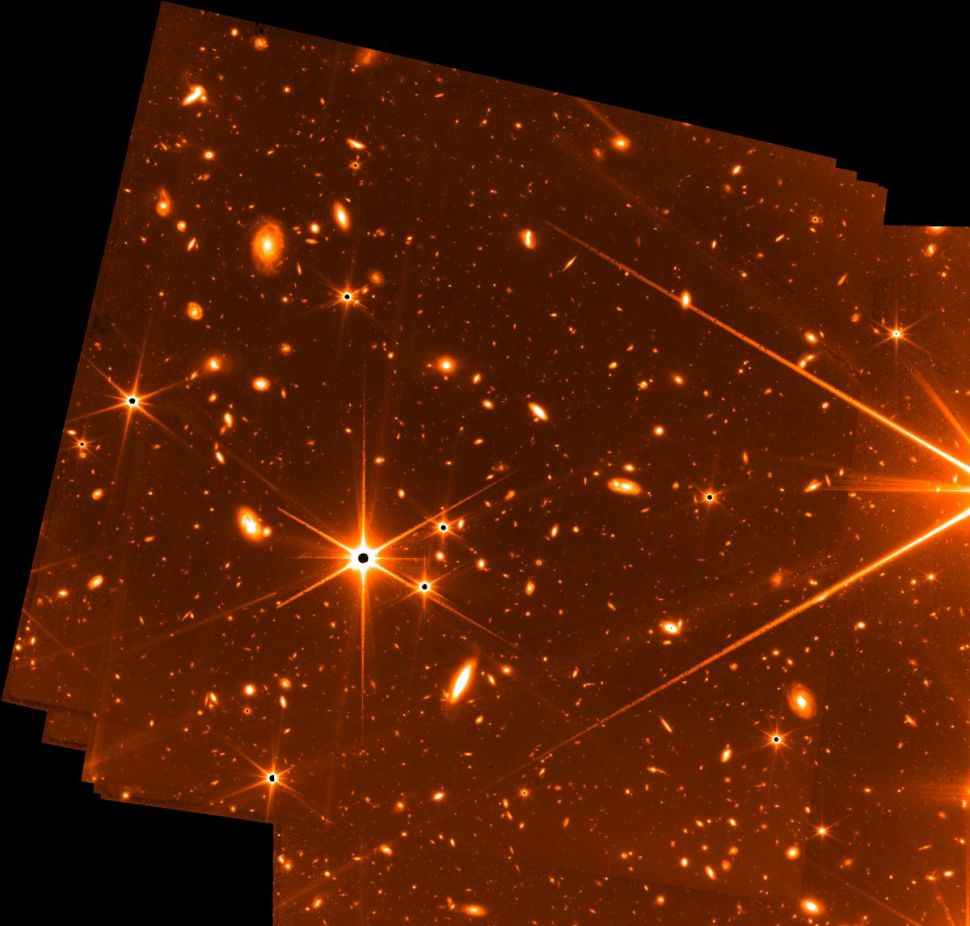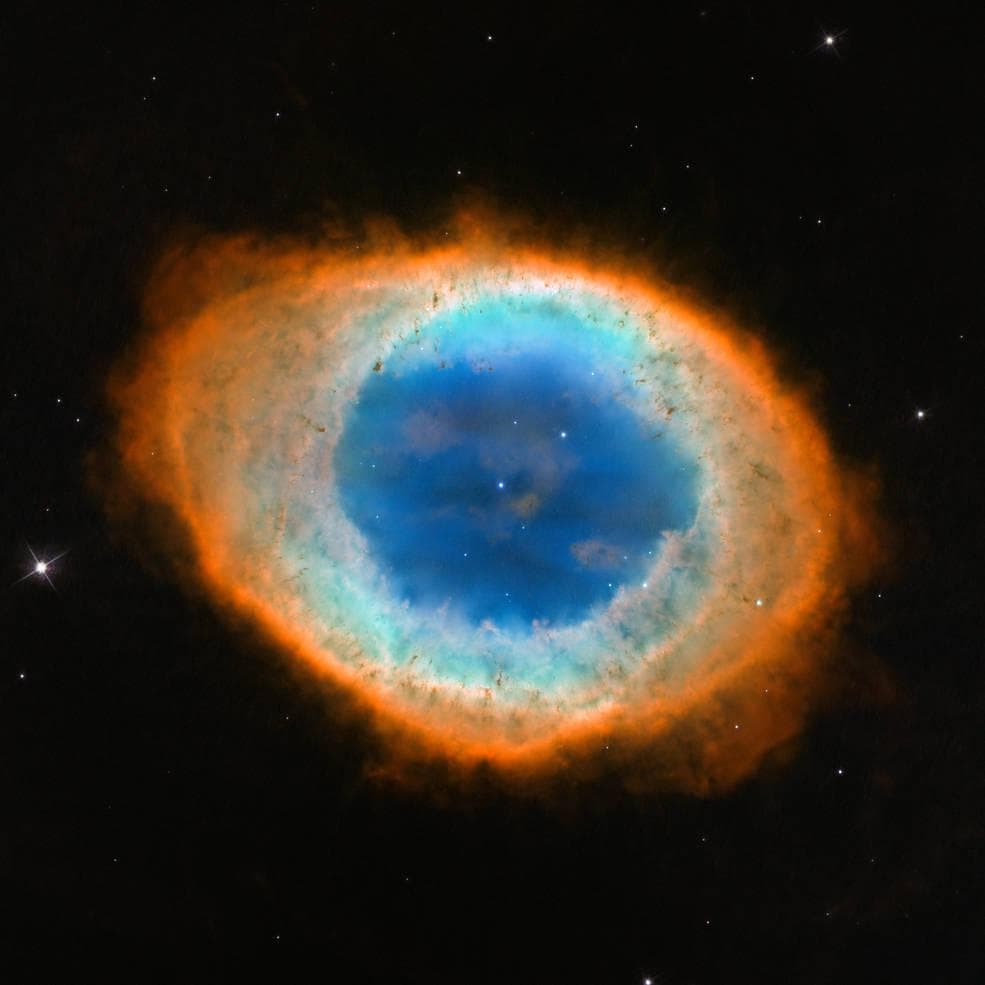US President Joe Biden has published the first full-color image taken by NASA’s James Webb Space Telescope, the creation of which lasted more than two decades. This important milestone marks the beginning of scientific operations with the telescope that could radically change our understanding of the universe.

NASA explains that this photo shows an image of the galaxy cluster SMACS 0723, known as the “First Deep Webb Field“, overflowing with details. Thousands of galaxies, including the faintest objects ever observed in the infrared range, appeared in the field of view of WEBB for the first time. This piece of the vast universe covers a patch of sky about the size of a grain of sand.
The presentation was held at the White House. NASA administrator Bill Nelson commented on the photo. According to Nelson, this is the deepest image of our universe that has ever been made by mankind. Some of these distant galaxies and star clusters have never been seen before. The galaxy cluster is shown as it looked 4.6 billion years ago.

The image was taken by James Webb’s near infrared camera, and consists of images taken at different wavelengths of light that were focused for 12.5 hours. It would take weeks to take such a photo with the Hubble Space Telescope.
The remaining high-resolution color images will debut later on July 12. The first five images highlight the unprecedented scientific capabilities of James Webb, as well as the ability of its massive golden mirror and scientific instruments to create impressive images.
First photos
On Friday, NASA unveiled Webb’s first space goals. NASA told us about the rest of the photos that will be published on Tuesday: Carina Nebula, the exoplanet WASP-96b, the Southern Ring nebula and Stephan’s Quintet.
Stephan’s Quintet. It is a group of five galaxies located about 290 million light-years away in the constellation Pegasus. The quintet is known for being the first compact group of galaxies ever discovered in 1877. Four of the five galaxies in the quintet are locked in a cosmic dance of repeated close encounters.
WASP-96b (spectrum). This is a giant planet outside our solar system, which consists mainly of gas. The planet, located at a distance of almost 1,150 light-years from Earth, orbits its star every 3.4 days. It has about half the mass of Jupiter, and its discovery was announced in 2014.
Ring Nebula. This emission nebula, known as NGC 6720 and Messier 57, is a cloud of gas surrounding a dying star. Its diameter is almost 0.5 light-years and it is located at a distance of about 2 thousand light-years from Earth.

Stephan’s Quintet. It is a group of five galaxies located about 290 million light-years away in the constellation Pegasus. The quintet is known for being the first compact group of galaxies ever discovered in 1877. Four of the five galaxies in the quintet are locked in a cosmic dance of repeated close encounters.
These will be the first of many images taken from the most powerful telescope ever launched into space. According to NASA deputy administrator Pam Melroy, the mission, which was originally designed for 10 years, has enough fuel even to work for 20 years.
Recall that James Webb in the first year of its work will explore a black hole in the center of the Milky Way.
According to NASA
Follow us on Twitter to get the most interesting space news in time
https://twitter.com/ust_magazine

